Class IV Summus Laser Therapy
A non invasive, painless treatment, proven to stimulate tissue repair and accelerate healing.
“I was dealing with a severe injury to both ankles. After 5 months of rest, stretching, ointments and other tools, I resorted to Dr. Nina Foot for laser treatment. After 6-8 weeks, I was 100% recovered. Since being fully recovered, it has now been 4 months with no set backs. Even after hiking over lava rock and surfing in Hawaii for several days, I have healed up well. The laser treatment worked wonders for me. Next time I will not use laser as a last resort, I will approach it as a first choice with an optimistic approach. I am glad this service is available in Duncan without having to travel to Victoria. Highly recommend it!”
~ Ducharme
What is Laser Therapy?
Therapeutic Laser Therapy, also known as “photobiomodulation,” delivers red and infrared light to our tissues, stimulating healing. When laser light is absorbed by our cells, it creates increased circulation, decreased swelling, reduced pain and inflammation, and enhanced tissue regeneration. Our cells are able to absorb this light similarly to how plants are able to absorb sunlight to create photosynthesis; both of these mechanisms promote energy production and growth. The advanced technology of the Summus Laser provides 4 wavelengths of healing (660, 800, 905 and 980 nm) that can penetrate the body to a depth of 10 centimeters.
Physiological Benefits of Class IV Summus Laser Therapy:
Reduced swelling, muscle spasms, stiffness, inflammation and pain
Increased energy (ATP) production within the cell for cell repair and replication
Improved circulation (delivering more oxygen and nutrients to damaged tissues)
Improved transport of waste products out, and nutrients into the tissues
What Conditions Can Laser Therapy Treat?
Class IV Summus Laser Therapy is an invaluable tool for the treatment of injuries, chronic pain, inflammatory conditions, scar tissue and arthritis.
Conditions commonly treated with the laser include:
Neck, back and joint pain
Headaches, TMJ disease and sinus pain
Arthritis, degenerative joint/disc disease
Tennis elbow, carpal tunnel syndrome and other tendinopathies
Strains and sprains
Repetitive stress injuries
Plantar fasciitis, bunions, and heel pain
Rheumatoid Arthritis and other inflammatory conditions
Sciatica
Shingles and postherpetic neuralgia
Sports injuries
Fibromyalgia
Diabetic and peripheral neuropathy
Deep Edema/Congestion
Sports Injuries
Auto & Work Related Injuries
FAQ’s:
How long is a treatment? How many visits will I need and how often? The typical treatment time is 4 to 8 minutes, depending on the size of the treatment area. Don’t be fooled by the length of you treatment - the effects of your laser session will be creating cellular changes over the following 72 hours. The number of visits required depends on how long the condition has been present, the severity, and your body’s individual response to the treatment.
We are able to treat acute (new) conditions as frequently as daily to help with healing and manage pain, and for some acute conditions 4 to 6 treatments may be enough. Chronic (long term) problems respond better when treatments are received 2 or 3 times a week, tapering to once a week or once every other week as improvement occurs. These types of conditions may require 6 to 12 (or more) treatments. Conditions such as severe arthritis may benefit from ongoing periodic care to reduce pain.
What sort of results can I expect from the treatment?
Many people feel improvement after the very first treatment ie. pain reduction and improved motion. Sometimes patients do not feel improvement for a number of treatments. This does not mean that the condition is not improving; each treatment is cumulative and results are usually felt after 3 or 4 sessions.
How long will the effects last?
When there is a reduction in pain it will usually last from 24 to 48 hours.
For acute cases, therapy is usually finished after the first treatment series.
For chronic cases, ongoing monthly sessions may be required to maintain results.
What does a laser treatment feel like? Does it hurt? Laser treatments are painless, although you may feel a warm, pleasant or tingling sensation during and after the treatment. Occasionally, patients feel increased symptoms before pain reduction occurs.
Are there side effects? During more than twenty years of use by healthcare providers all over the world, very few side effects have ever been reported. Occasionally some old injuries or pain syndromes may feel aggravated for a few days, as the healing response is more active after treatment. Sometimes people experience temporary dizziness or fatigue after a treatment, which resolves soon after.
Are there any conditions that should not be treated with Laser Therapy?
Unfortunately, due to lack of clinical studies, we cannot treat patients who are pregnant or who have an active cancer.
There are a few precautions regarding laser therapy:
Safety glasses are worn to protect the retina from all laser light
Epileptic patients who are triggered by light may require special precautions
We cannot treat an area that has received a steroid injection within the last 7 days
There is increased risk of photosensitizing reactions with certain medications
We cannot treat directly over a tattoo, but are typically able to treat the area from a different angle.
Please call the office or set up a phone consultation with Dr. Foot to determine whether laser therapy treatments are right for you.
Is there science to back it up? Yes. More than 1200 studies have been published over the last 40 years, documenting the clinical effectiveness of laser therapy. Findings include:
Acute pain: reduced more than 70%; Chronic pain: reduced more than 60%
Chronic low back pain: treatment effective in 71% of cases; pain eliminated completely in 45%
Wounds: 55% greater healing on day 8, as compared to the placebo group
Knee injury: improved knee extension and pressure sensitivity after every treatment



